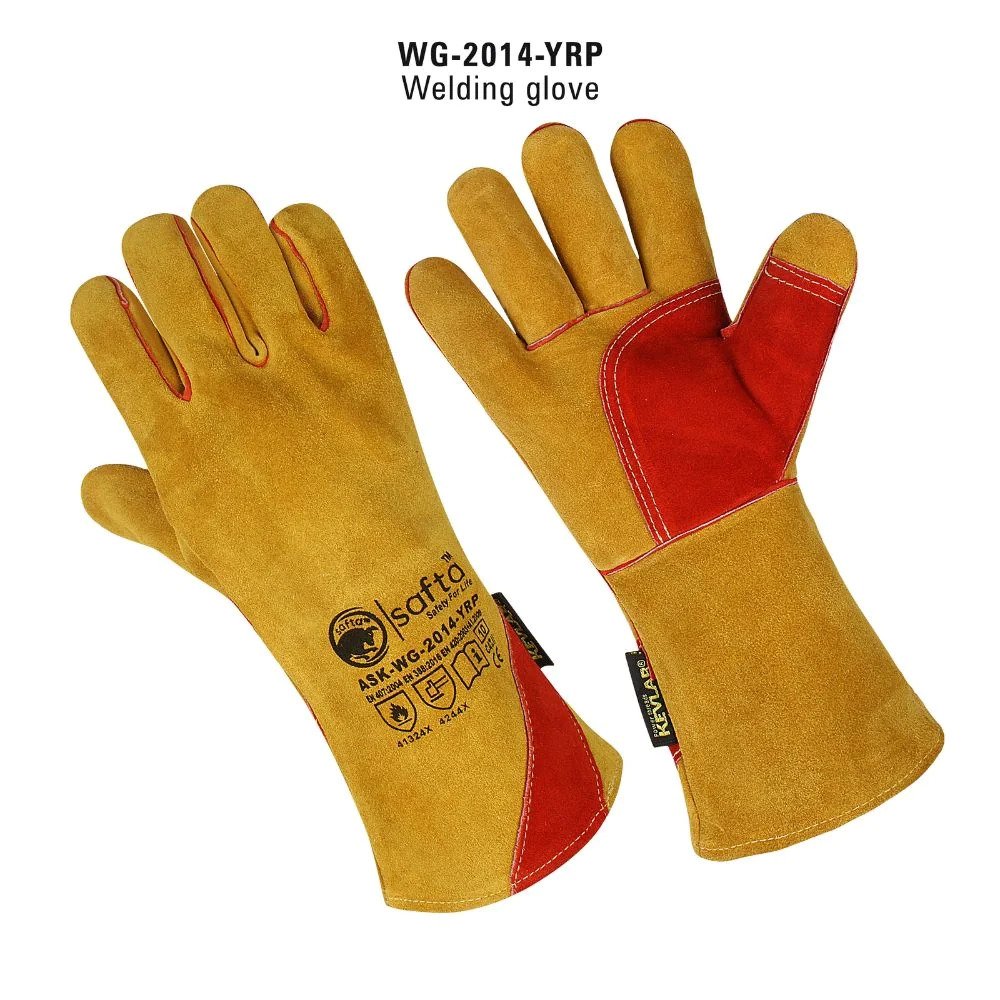
The Welder’s Arsenal: Must-Have Features in Welding Gloves
Introduction
Welding is a precise craft that demands the right tools for the job. Among these tools, welding gloves play a crucial role in ensuring the safety and performance of welders. In this comprehensive guide, we delve into the essential features that make up the welder’s arsenal, focusing on the must-have attributes of high-quality leather welding gloves.
Ensuring Safety with Quality Materials
When it comes to welding gloves, the material used is paramount. Heat-resistant materials, such as leather or Kevlar, are essential to protect hands from the intense heat generated during welding. High-quality gloves crafted from these materials not only shield against burns but also provide durability, ensuring longevity even in demanding work environments.
Precision and Dexterity: The Fit Matters
A snug fit is not just a matter of comfort; it’s a safety imperative. Welders need gloves that allow for precise movements and nimble finger control. Look for gloves with ergonomic designs that provide a balance between protection and dexterity. The right fit enhances a welder’s ability to handle intricate tasks without compromising safety.
Key Features to Look For
Heat Resistance
Welding generates extreme heat, and your gloves should be up to the task. Opt for gloves with a high heat-resistance rating, ensuring they can withstand the temperatures encountered during welding processes. This not only protects against burns but also contributes to the overall safety of the welding operation.
Reinforced Palm and Fingertips
The palms and fingertips are the most vulnerable areas of welding gloves. Reinforced layers in these critical zones enhance durability and protect against abrasions. This feature is especially crucial for welders working on projects that involve rough surfaces or heavy welding equipment.
Long Cuffs for Wrist Protection
Welding gloves with extended cuffs provide additional protection to the wrists. Long cuffs prevent sparks and debris from entering the gloves, reducing the risk of burns or injuries. This feature is particularly valuable in situations where welding is performed overhead, exposing the wrists to potential hazards.
Stitching Quality
The devil is in the details, and this holds true for welding gloves. High-quality stitching is a testament to the overall craftsmanship of the gloves. Reinforced stitching ensures that the gloves can withstand the rigors of daily use, preventing seams from coming apart under stress.
Choosing the Right Gloves for Your Needs
With a myriad of welding gloves available in the market, it’s essential to select the right pair for your specific needs.
Consider Your Welding Environment
Different welding environments pose unique challenges. For instance, if you frequently work in tight spaces, gloves with added flexibility may be crucial. Assess your working conditions and choose gloves that cater to the specific demands of your welding environment.
Check for Certification
Certification is a mark of quality assurance. Look for welding gloves that adhere to industry standards and carry certifications. This ensures that the gloves meet the necessary safety requirements, providing peace of mind for both the welder and their employer.
Conclusion
In the realm of welding, the right gloves are a non-negotiable component of a welder’s toolkit. From heat resistance to reinforced design, each feature plays a crucial role in ensuring the safety and effectiveness of the welding process. By investing in high-quality welding gloves, welders can elevate their craft, confident in the knowledge that their hands are protected by a reliable and durable shield.


